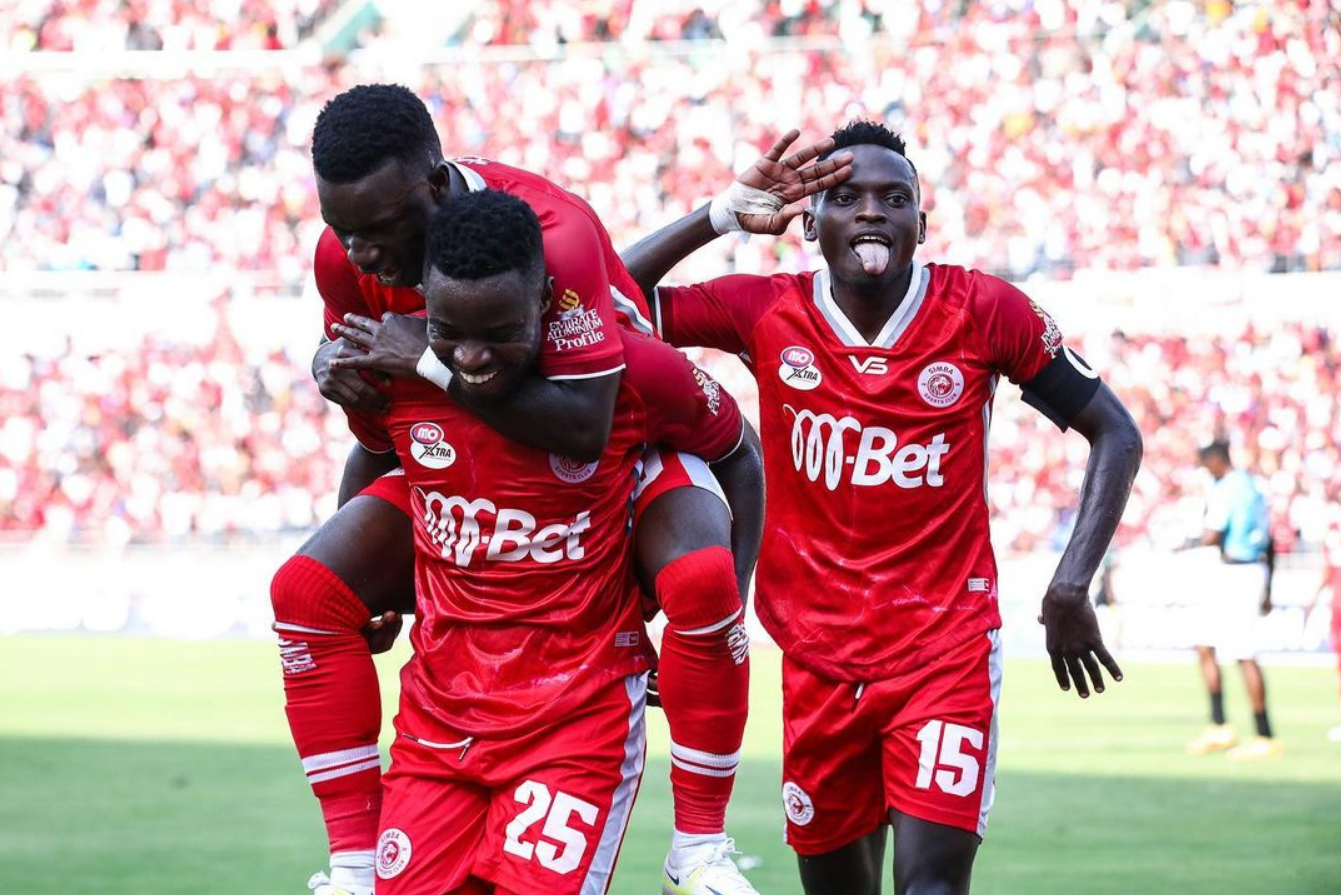Kwanzaa and Everything to Know About the African Celebrate: The weeklong celebration begins annually on December 26 and continues through New Year’s Day
While much of the focus in December is on Santa Claus, menorahs, Christmas movies and winter weather, there is another important American holiday: Kwanzaa.
The holiday – which began in 1966 – is a week-long celebration of African American culture, values and family. To learn more about its origins and the beauty of its meaning, read on.
What Is Kwanzaa?
Kwanzaa is an African-American and Pan-African holiday that celebrates history, values, family, community and culture. According to the National Museum of African History and Culture (NMAAHC), the holiday was created in 1966 by activist and author Maulana Ron Karenga, Ph.D (pictured above).
The word Kwanzaa is a Swahili word derived from the words “firstfruits”, which means “firstfruits”. The festival is based on African harvest festivals that involve a lot of dancing and music.
When Is Kwanzaa 2023?
Kwanzaa 2023 begins on Tuesday, Dec. 26, and runs until Monday, Jan. 1, 2024.

How Did Kwanzaa Start?
On August 11, 1965, a series of riots that left 34 dead, more than 1,000 injured and nearly 4,000 arrested broke out in the Watts neighborhood of Los Angeles. According to the New York Times, the Watts Rebellion, as the riots were later called, resulted from the arrest of 21-year-old Marquette Frye, who, along with her brother Ronald Frye, were arrested on suspicion of drunken driving.
The situation escalated and sparked a conflict between the predominantly black community of Watts and the police. The violence lasted for six days and caused property damage of 40 million dollars. After the violence, Dr. Karenga wanted to find the strength to unite the black community, and that’s when Kwanzaa was born.
How Do People Celebrate Kwanzaa?
According to NMAAHC, Kwanzaa is built on seven principles: unity (unity), self-determination (self-governance), ujima (teamwork and responsibility), ujajama (cooperative economy), niya (intention), kuma (creativity) and faith (belief).

The holiday is also marked by seven candles: one black, representing people of African descent; three red, symbolizing their struggle; and three green ones, meaning earth and hope for the future. Kwanzaa candles are placed in a candlestick called a kinara. Each day of Kwanzaa, one of the candles is lit to commemorate each of the seven principles.
What Are Some Kwanzaa Traditions?
Kwanzaa includes several traditions. According to the official Kwanzaa website, people say, “What’s up?” meaning “How are you?” in Kiswahili, to greet each other during the seven days of celebration. The answer is one of the principles of Kwanzaa. So if someone says, “How are you?” you would answer “Umoja” the first day, “Choosing yourself” the second, “Ujima the third”, etc.
Another tradition is the Kwanzaa celebration on the sixth evening. The party is called a party, it is an opportunity for everyone to eat and socialize together. There are no special dishes that the celebrants have to prepare, so that everyone can fill their table with all the carbohydrates of the heart and treat their heart’s desire.
Gift giving during Kwanzaa is primarily for children, but adults are also welcome to exchange gifts with each other. However, since the holiday was created to strengthen self-determination, creativity and meaning within society, it is strongly encouraged that all gifts be handmade. For those who aren’t DIYers, a traditionally themed gift — like a book, piece of art or accessory — is the way to go.
Editors’ Picks













Leave a Reply